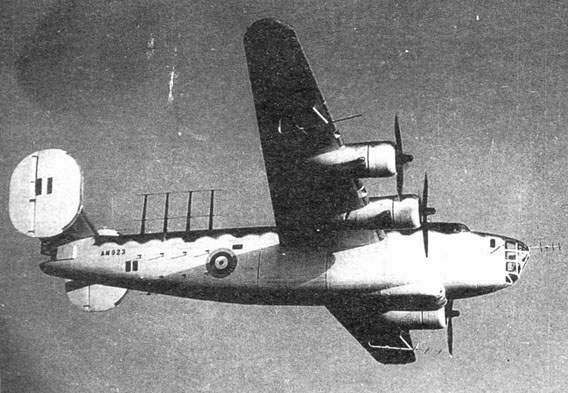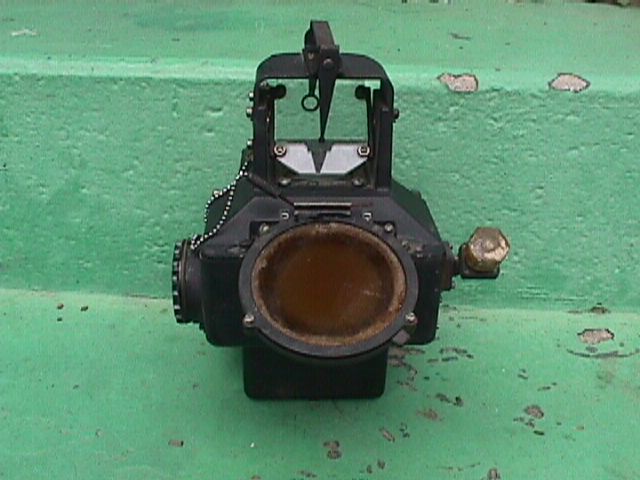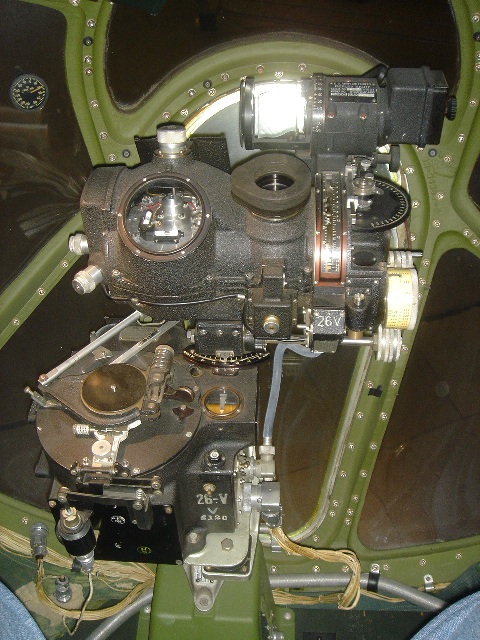Gentleman,
Given the recent development by SAS~Riken of the B24D, I believe it to be very feasible to create these two early Liberator Models used by Coastal Command, and also a logical alternative, given the similarities, the Liberator B Mk II.
Models which could be represented Liberator GR Mk I VLR (LB-30B), Liberator GR Mk II (LB-30),
Liberator B Mk II (LB-30)
I will attempt not to duplicate information from my previous thread :
https://www.sas1946.com/main/index.php/topic,13352.0.htmlWhy are they interesting and important?
These three models represent the first Liberators to perform operationally in World War II, they offer flight characteristics and performance differences from all Liberator/B24 models produced thereafter, as well as variance in ordnance loadouts, powerplants and defensive armaments to all Liberator models built thereafter. The GR and VLR Libs performed an entirely different mission set than all other Libs, and unique to heavy bombers of the Allies in the first 2-3 years of the war. Furthermore, especially in the year 1941 they were the exclusive aerial defence against UBoats in the north Atlantic, being the only aircraft in service to be able to close the Mid-Atlantic gap.
Visual/Graphic changes to make the stock B24J...

...into the Liberator VLR Mk I (LB-30B), the Liberator GR MK II and the Liberator B Mk II (LB-30)

1. Shorten nose 2' 7", and move astrodome from upper nose to upper fuselage behind
pilot's windscreen.
2. Replace nose turret, with greenhouse from SAS~Riken's B24D.
3. Delete Ventral Turret.
4. Delete Dorsal Turret.
5. Remove oil cooler intakes from either side of engine nacelles,

Note propellor type above : Curtiss
to make the frontal view of the engine nacelles round like this...
rather than oval.

Note propellor type below : Hamilton
6. Move fixed radio loop from upper fuselage rear, to mid-upper fuselage rear above
the wing approximately central re the wing dimensions.
7. Add ASV (Air to Surface Vessel) MkII Radar fixtures :

- add 4 x vertical transmitter post array ("stickleback") to the rear upper fuselage
(post height about even with the upper tail planes)
- add 4 x PAIRS of lateral receivers along the fuselage sides below the transmitter posts
- add 2 x yagi aerials under each wing and outboard of outer engines
- add 1 x yagi aerial extending from nose greenhouse

8. Add 4 x 20mm Hispano Cannon Ventral Gun Pack
9. Provision for a Leigh Ligh mounted on a fixed forward frame under the starboard wing outboard of the outer engine, and inboard of the yagi aerial

10. Defensive armaments :
GR Mk I VLR GR Mk II B Mk II
Tail twin .303 manual aim quad .303 Frazer Nash Turret quad .303 Frazer Nash Turret

Dorsal NA NA quad .303 Frazer Nash Turret
Each Waist 1 x .303 manual aim 1 x .303 manual aim 1 x .303 manual aim

Nose 1 x .303 manual aim 1 x .303 manual aim 1 x .303 manual aim
The Liberator GR MK II ignores steps 1 and 8
The Liberator B Mk II ignores steps 1,4,6,7,8
This is a B24D nose : imagine no lower MG and add a yagi aerial protruding above

Ventral NA NA 1 x .303 manual aim
Note : manual aimed MGs on Libs used glass reticles to aim


Liberator GR Waist gunner

Ordnance Loadouts :
GR Mk I or GR Mk II B Mk II
8 - 250 lb. DC
or 2 - Mk.24 Mines and 3 - 250 lb DC
or 2 - 600 lb. A/S bombs and 4 - 250 lb DC
8 x 3" rocket projectiles 25lb Armour Piercing or 60lbSemiArmourPiercing('43 on)
Powerplants GR Mk I GR Mk II B Mk II
4 x Pratt and Whitney R-1830-33 R-1830-S3C4-G R-1830-S3C4-G
2 stage radials 1200 hp at take off/ 1000 hp at 14,500 ft (?)
Approx range by bombload :
* Short range (˜400 mi): 8,000 lb (3,600 kg)
* Long range (˜800 mi): 5,000 lb (2,300 kg)
* Very long range (˜1,200 mi): 2,700 lb (1,200 kg)
These ranges would be for normally outfitted GR or B aircraft. The VLR aircraft would have an extended range, though with a limited ordnance package.
GR MK I VLR Range main= 3000 miles with 2,500 lb ordnance
In terms of FM, these aircraft had two stage manually mixed engines without superchargers, thus their performance must have fallen off drastically at altitude. Obviously the very stripped down weight wise
GR MK I VLR aircraft must have handled more lightly as fuel load lightened, but were probably not too nimble (B24s were not known to be very easy to handle anyway). I'll leave the FM gurus to do their thing here.
I don't believe I have uncovered the definitive ordnance loadouts for these aircraft, and I have more research to do, but it is clear that a model for the 600lb Anti-submarine bomb and Mk24 naval mines is required. Ideally code for leigh lights should be developed as well . I know that some people have discussed Leigh Lights, but I don't believe it is a WIP yet(?).
I know Ranwers already has primo cockpits, but I thought I'd throw these up in case there were any noticeable differences...


Furthermore, sources state 2 interesting things regarding the Coastal Command Libs :
1) early Lib pilots dropped their depth charges by eye. Later versions - or retro fits (1942-43)were equipped with
the Low Level Bombsight Mk III, a unique version of the vector type bombsight being used by the RAF
.


---NOTE : (This sight was also used in Mosquitos)---



Anyhow, I think these aircraft would add a lot - the modders must decide as to whether they would be worth the work.
I'll continue to add and refine info as I can sift through it.
If anyone has good sources, please forward them.
Thanks for your attention.
Kopfdorfer
 Author
Topic: A Consideration for Ranwers and/or SAS~Riken -The Liberator VLR MK I/GR Mk II (Read 4411 times)
Author
Topic: A Consideration for Ranwers and/or SAS~Riken -The Liberator VLR MK I/GR Mk II (Read 4411 times)


